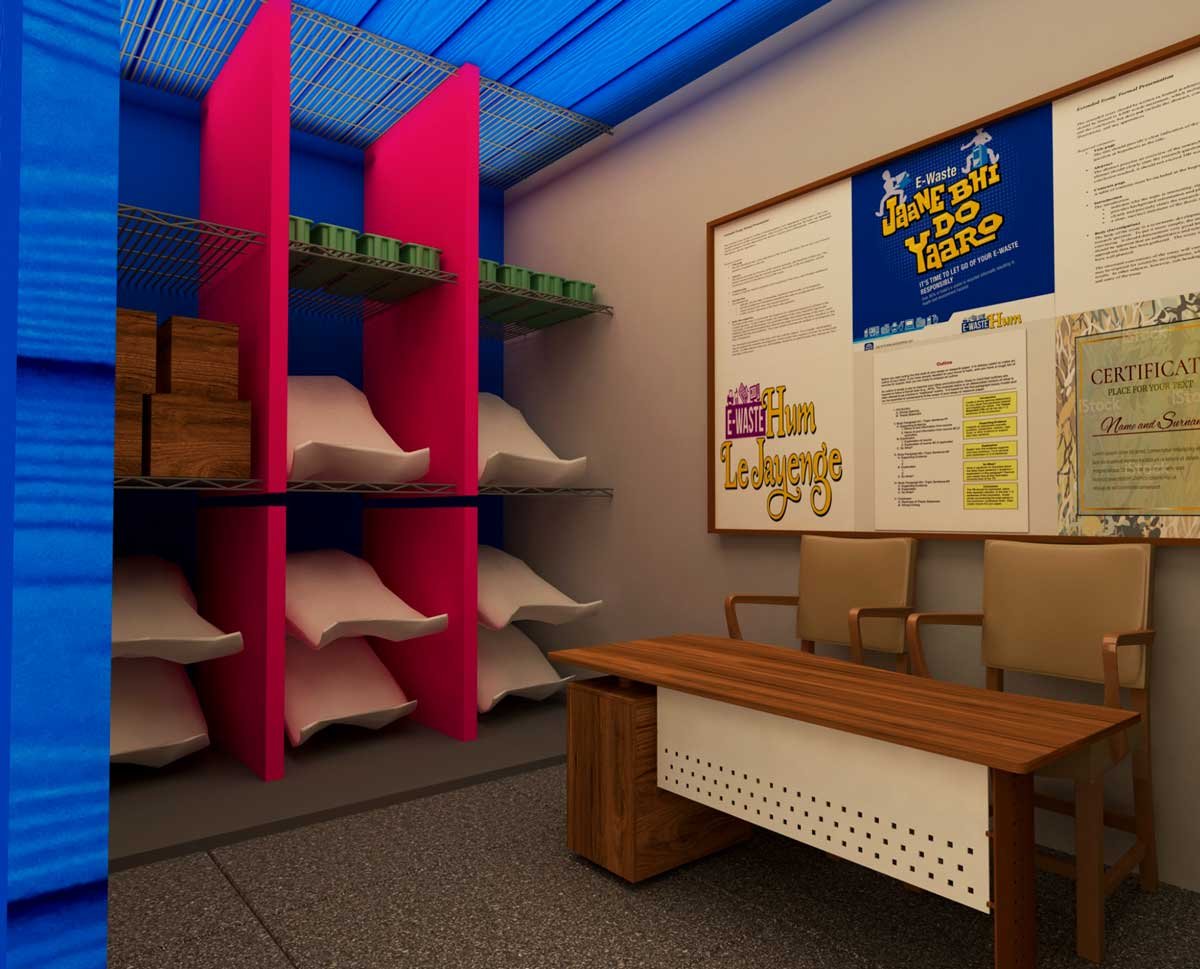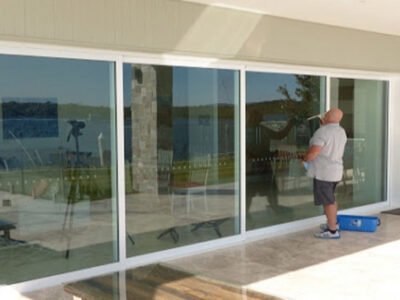Interior design is one of the most sought after design courses in India. With the change in time and technology there has been a change in the way humans interact with the physical spaces, that has given rise to an increased demand of space and interior designers in the country.
Spaces hold power to determine how we as humans think, feel and even act in a given setting, thrusting a massive responsibility on the shoulders of the designers. This is facilitated by careful consideration of the basic elements and principles of space and interior design.
While a formal education is not an absolute must, most interior design firms require designers to hold at least a bachelor’s degree (B.des in interior design, BA in Interior design or Masters in Interior design).
A degree in the specific field is preferred, but one in another area is generally acceptable as long as it is accompanied by coursework in interior design, such as drawing and computer-aided design (CAD). Degrees on the associate, master’s and doctoral levels are also available.

Things to keep in mind while choosing Interior Design Course
The Type of course
There are various kinds of courses available for interior and space design, each of them having their own pros and cons. Some of them are
Undergraduate courses
- DES Program in Interior Design
- Bachelors in Design (general)
Postgraduate courses
- A Program in Interior Design
- DES Practice of Design
- DES International Practise in Habitat design
The Interior Design University / Institute
There are various institutes providing interior designing courses in Delhi and NCR but what one needs to keep in mind are the smaller nuanced things that set them apart. IIAD provides a B.A degree which is not UGC recognised, Pearl gives a diploma, neither of which allows for a Masters program in NID or other reputed colleges in India or out.
The Design Village, another private institute in Noida provides bachelors and masters in interior design. Founded by like minded designers and architects its curriculum is chalked out of the Dutch way of design education which works on creating designers of tomorrow, where most of the professions that exist today will cease to be and will evolve into emotional, speculative and sustainable thinking.
They create designers who are thinkers and doers. With an award winning campus and faculty from the best design universities of the world, they have revolutionized design teaching in the country.
Along with this they also provide a UGC recognised degree (Shri Venkateshwara University) and an exchange programme with L’école de Design Nantes Atlantique, not to forget the timely masterclasses every semester with International Faculty from their partner school TU Delft, Netherlands which are plugged into the main curriculum.
Domaine de Boisbuchet at Lessac, France, a design haven, is their summer and winter school offshoot where students explore their own paths amidst nature and design.
Taking on pro bono projects
When starting out as an interior designer, one may find it hard to land their dream jobs right out of the college. To get more desirable projects, one needs experience, but getting experience without working is impossible.
So it is absolutely necessary for a new designer to take on any work which is coming their way. They may offer services to help local non-profit services or organizations, or small businesses unable to pay a professional designer.
Preparing them with the necessary skills when their dream jobs come knocking.

Presentation of your work
Working on multiple projects allows one to build a strong portfolio. A comprehensive portfolio is the most crucial tool for interior designers seeking clients. It not only allows potential clients to view one’s best work, but also showcases one’s ability to present themselves in a professional and well-organized manner.















Comments